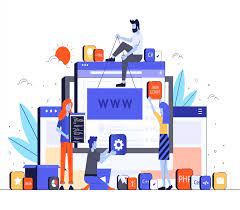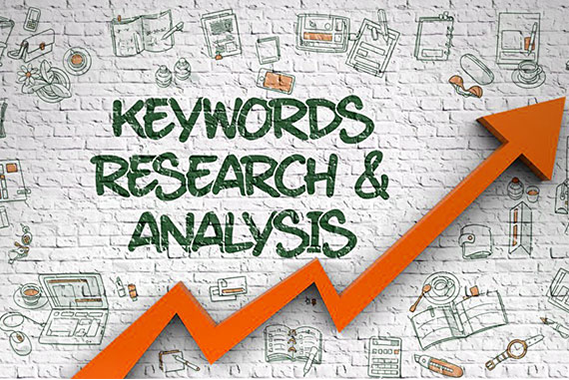Lorem ipsum dolor sit amet, consectetur adipiscing elit. Phasellus eleifend imperdiet exquis maximus. Mauris vel diam in felis consequat viverra. Aenean sed semper mauris.
 Suraj
Suraj
Fonder
Lorem ipsum dolor sit amet, consectetur adipiscing elit. Phasellus eleifend imperdiet exquis maximus. Mauris vel diam in felis consequat viverra. Aenean sed semper mauris.
 Sumit
Sumit
Owner

Address
7/5, Corella Rd,
Green Valley,
NSW 2168
AUSTRALIA
Get
Directions

Address
2272 Latham St,
Apt 1, Mountain View,
California 94040, USA
Get
Directions




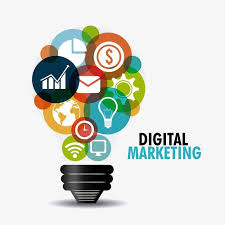 Web Design Packages.
Web Design Packages. 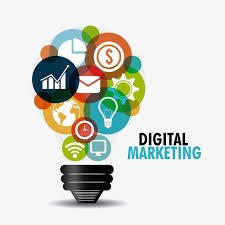 Web Design Packages.
Web Design Packages. 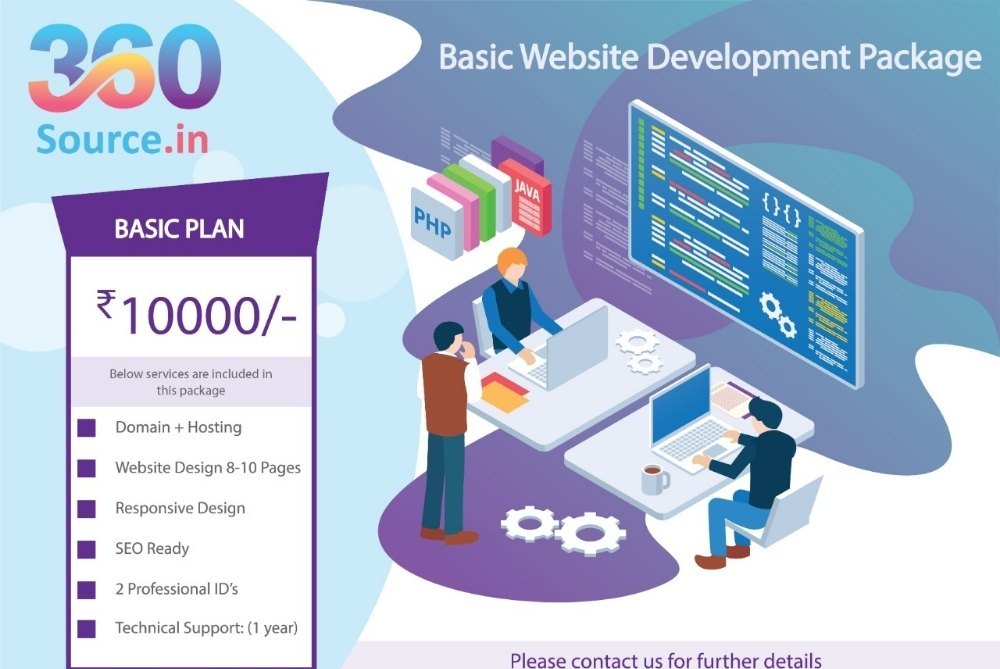 Web Design Packages.
Web Design Packages. 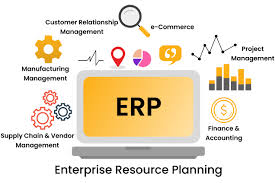 Landing Page Designing
Landing Page Designing  SEO web Designing
SEO web Designing 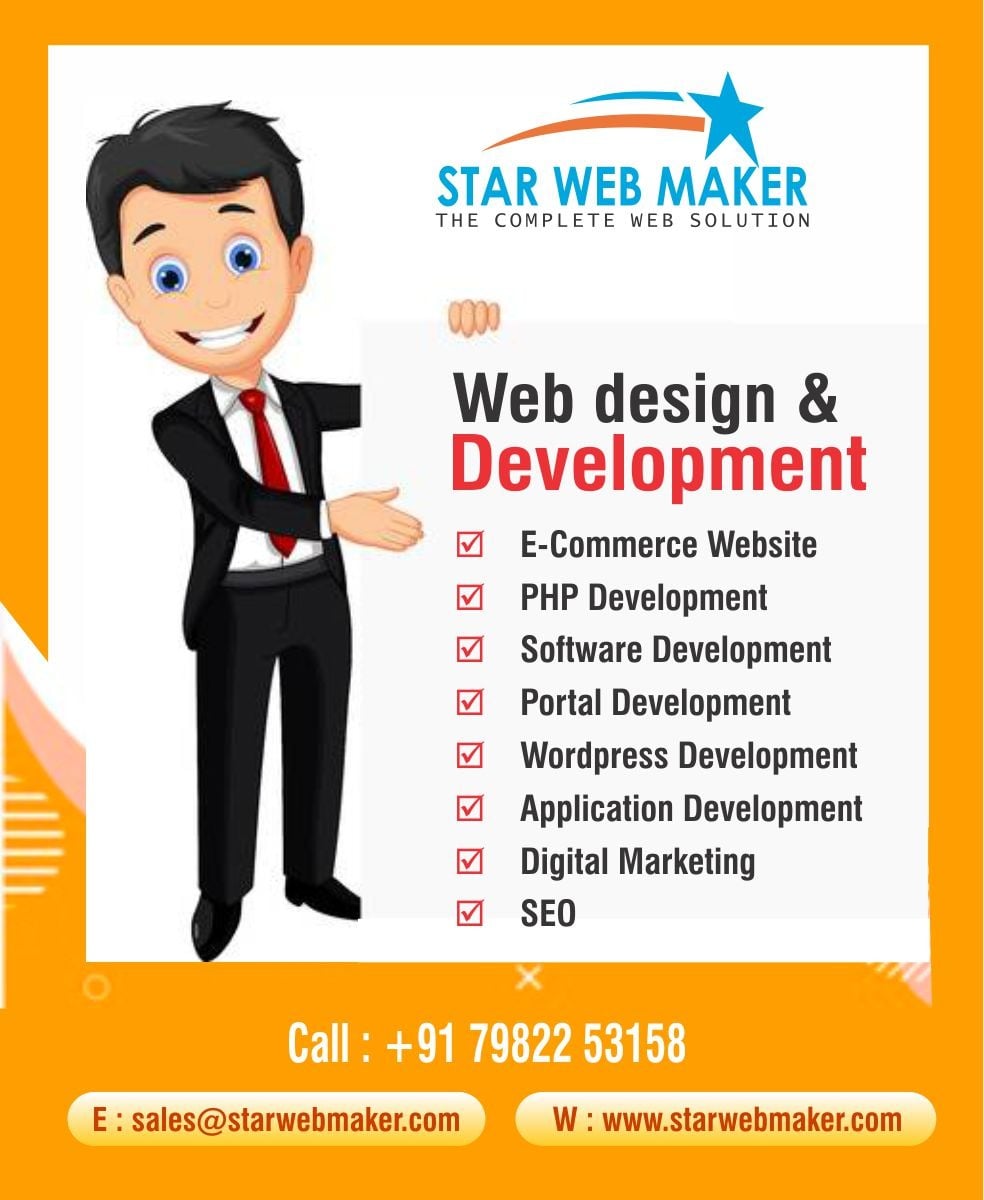 Website Redesigning
Website Redesigning  Flash web designing
Flash web designing  Ecommerce website designining
Ecommerce website designining 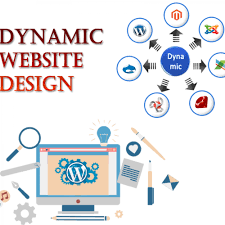 Dynamic web designing
Dynamic web designing  Static web designing.
Static web designing. 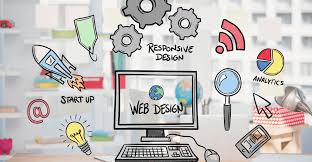 Responsive web designing.
Responsive web designing. 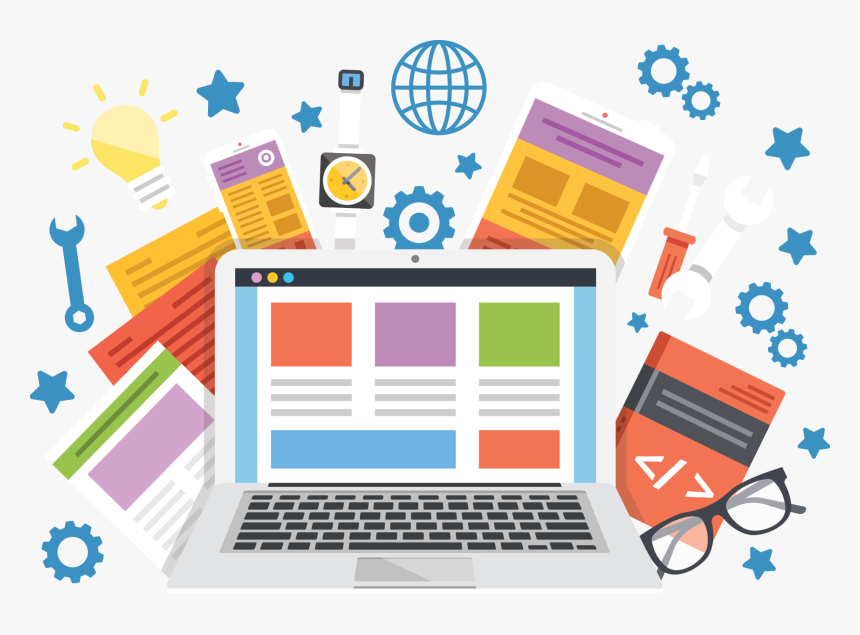 Responsive web designing.
Responsive web designing. 